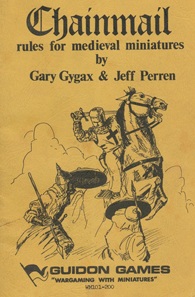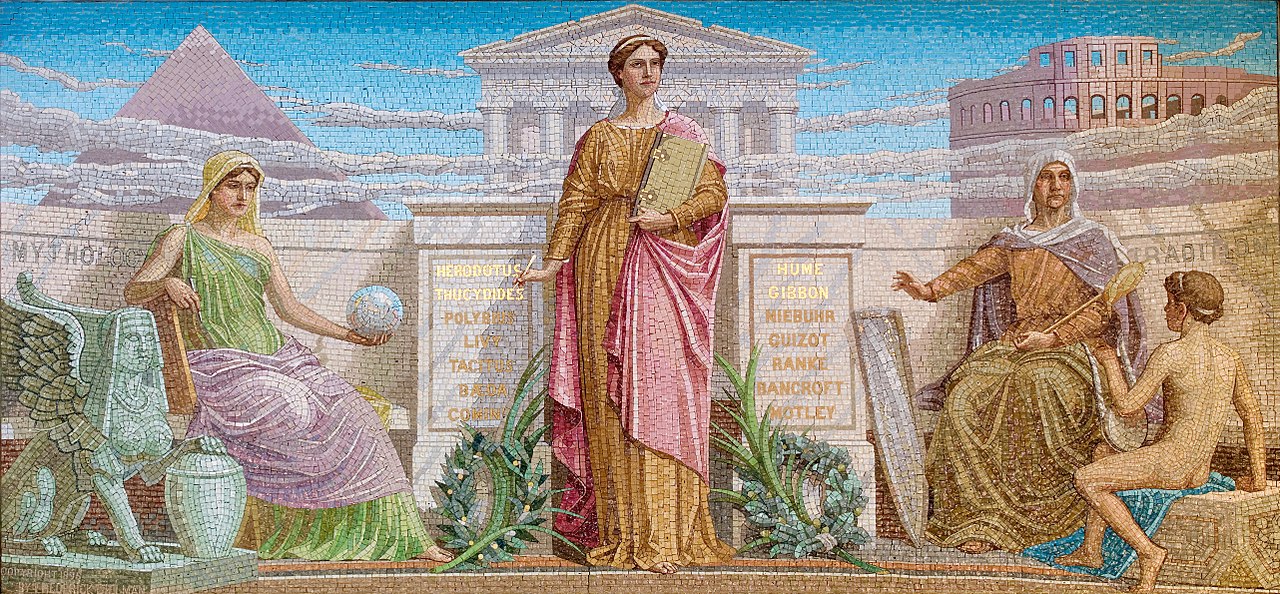Last month, I discussed the importance of encounters in tabletop role-playing games. This week, I wanted to focus on an important part of designing a rules set for encounters, Initiative:
As the term is used in role-playing games, "Initiative" simply means that an encounter has devolved into combat and signals Initiative when during combat each participant may act. In many RPGs, beating your opponent at Initiative (i.e., attacking before your opponent) is, unsurprisingly, highly significant. Consequently, rules for Initiative are a popular topic for discussion and analysis.
Most Old School games use them to structure combat as turn-based play. For example, in B/X Dungeons & Dragons (1981) uses 1d6 by side each combat round. More specifically, each ‘side’ in the encounter rolls a single six sided die. Whoever wins the roll is allowed to take their actions first, along with everyone else on their side. Once the winner’s turn is over, the other side takes their turn. If the combat continues for another round, rinse and repeat.
Original Dungeons & Dragons (1974) DOESN'T ACTUALLY PROVIDE rules for Initiative! However, it's implied that one is supposed to follow the rules in Chainmail (1971), which also uses 1d6 by side each combat round.
Of course, 1st edition Advanced Dungeons & Dragons uses ridiculously incomprehensible and overly complex rules for initiative (set forth in the Dungeon Masters Guide on page 61), with way too many special case rules. In practice, most tables get around these difficulties with house rules (including the late author, Gary Gygax).
However, there are many ways that Initiative can be handled, such as Savage Worlds' (2003) non-standard resolution, using a deck of cards instead of dice. Players and NPCs all draw a card from a standard 52 card deck. Initiative is then decided from high value to low, with ties being resolved by reverse alphabetical order of the card suit, such that spades beat clubs, etc.
This is a big problem if one doesn't have a deck of cards.
Perhaps the most interesting Initiative system I've seen in a Traditional role-playing game is the one used in the One Roll Engine, which splits the declaration and resolution of actions. Declaration goes in reverse order of Sense ability score (i.e., the highest Sense score gets to listen to what everyone else is doing before making their declaration). Then speed of resolution is determined by the "width" of a roll (i.e., the number of successes).
However, Initiative gets weird when a game gets rid of the turn-based assumption, as is the case in some New School games such as Dungeon World (2012). Dungeon World DOESN'T ACTUALLY PROVIDE rules for Initiative... but, unlike Original Dungeons & Dragons, this is on purpose...
Anyway, for my rules set, Sorcery & Steel, I adopted a variant of B/X's approach. Quick, simple, and with enough variance to keep things interesting.
What's not to love?
As the term is used in role-playing games, "Initiative" simply means that an encounter has devolved into combat and signals Initiative when during combat each participant may act. In many RPGs, beating your opponent at Initiative (i.e., attacking before your opponent) is, unsurprisingly, highly significant. Consequently, rules for Initiative are a popular topic for discussion and analysis.
Most Old School games use them to structure combat as turn-based play. For example, in B/X Dungeons & Dragons (1981) uses 1d6 by side each combat round. More specifically, each ‘side’ in the encounter rolls a single six sided die. Whoever wins the roll is allowed to take their actions first, along with everyone else on their side. Once the winner’s turn is over, the other side takes their turn. If the combat continues for another round, rinse and repeat.
Original Dungeons & Dragons (1974) DOESN'T ACTUALLY PROVIDE rules for Initiative! However, it's implied that one is supposed to follow the rules in Chainmail (1971), which also uses 1d6 by side each combat round.
Of course, 1st edition Advanced Dungeons & Dragons uses ridiculously incomprehensible and overly complex rules for initiative (set forth in the Dungeon Masters Guide on page 61), with way too many special case rules. In practice, most tables get around these difficulties with house rules (including the late author, Gary Gygax).
However, there are many ways that Initiative can be handled, such as Savage Worlds' (2003) non-standard resolution, using a deck of cards instead of dice. Players and NPCs all draw a card from a standard 52 card deck. Initiative is then decided from high value to low, with ties being resolved by reverse alphabetical order of the card suit, such that spades beat clubs, etc.
This is a big problem if one doesn't have a deck of cards.
Perhaps the most interesting Initiative system I've seen in a Traditional role-playing game is the one used in the One Roll Engine, which splits the declaration and resolution of actions. Declaration goes in reverse order of Sense ability score (i.e., the highest Sense score gets to listen to what everyone else is doing before making their declaration). Then speed of resolution is determined by the "width" of a roll (i.e., the number of successes).
 |
| w00t! |
However, Initiative gets weird when a game gets rid of the turn-based assumption, as is the case in some New School games such as Dungeon World (2012). Dungeon World DOESN'T ACTUALLY PROVIDE rules for Initiative... but, unlike Original Dungeons & Dragons, this is on purpose...
In the *World games, players just take actions WHENEVER THEY FEEL LIKE IT! These means that players can take multiple actions in a row, if they want. Furthermore, because there's no initiative system, nobody is guaranteed a chance to act. Consequently, if there are shy players in a group, they'll get pushed out of the picture by the more aggressive/outgoing players.
This changes the role of GM from referee to that of babysitter.
Anyway, for my rules set, Sorcery & Steel, I adopted a variant of B/X's approach. Quick, simple, and with enough variance to keep things interesting.












.jpg)





